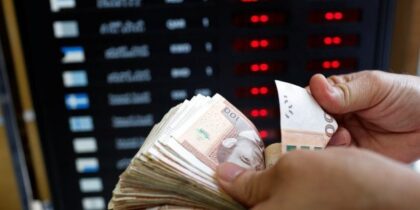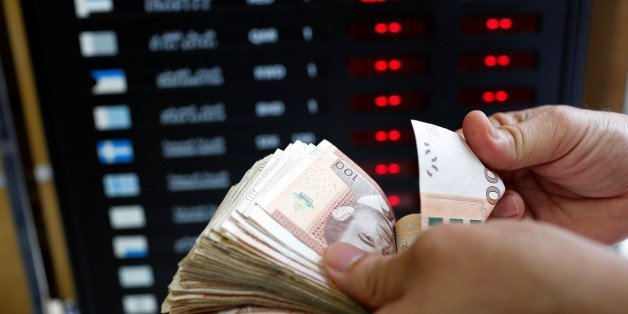 Morocco moves on Monday March 9 to the next step in its currency reform broadening the fluctuation band for the dirham to 5% from 2.5% amid positive macro-economic conditions and enough international reserves, the finance ministry said.
Morocco moves on Monday March 9 to the next step in its currency reform broadening the fluctuation band for the dirham to 5% from 2.5% amid positive macro-economic conditions and enough international reserves, the finance ministry said.
The North African country launched a gradual floating of its currency in January 2018, raising the official band of dirham’s fluctuation to 2.5 percent above or below the official rate from the previous 0.3 percent.
The second phase is being launched in a favorable domestic macroeconomic and financial context, marked, in particular, by an appropriate level of foreign exchange reserves, a subdued inflation, a sustainable public debt and a sound financial sector, the finance ministry said in a statement.
The ministry recalled that the reform of the foreign exchange rate regime is “a voluntary” and gradual process that will strengthen the Moroccan economy’s capacity to absorb external shocks, support its competitiveness and thus contribute to improving its growth.
The central bank will continue to monitor the proper functioning of the foreign exchange market and will intervene, when necessary, in this market to ensure its liquidity, the finance ministry statement said.
The dirham is pegged 60% to the euro and 40% to the dollar in order to allow the currency to trade within a range of 5% with the trading band gradually widening with a view to fully removing the peg in a few years.
The floating of the pegged dirham was encouraged by the IMF, which sees in a more flexible exchange regime a move to strengthen the competitiveness of the Moroccan economy and its resilience against external shocks.



